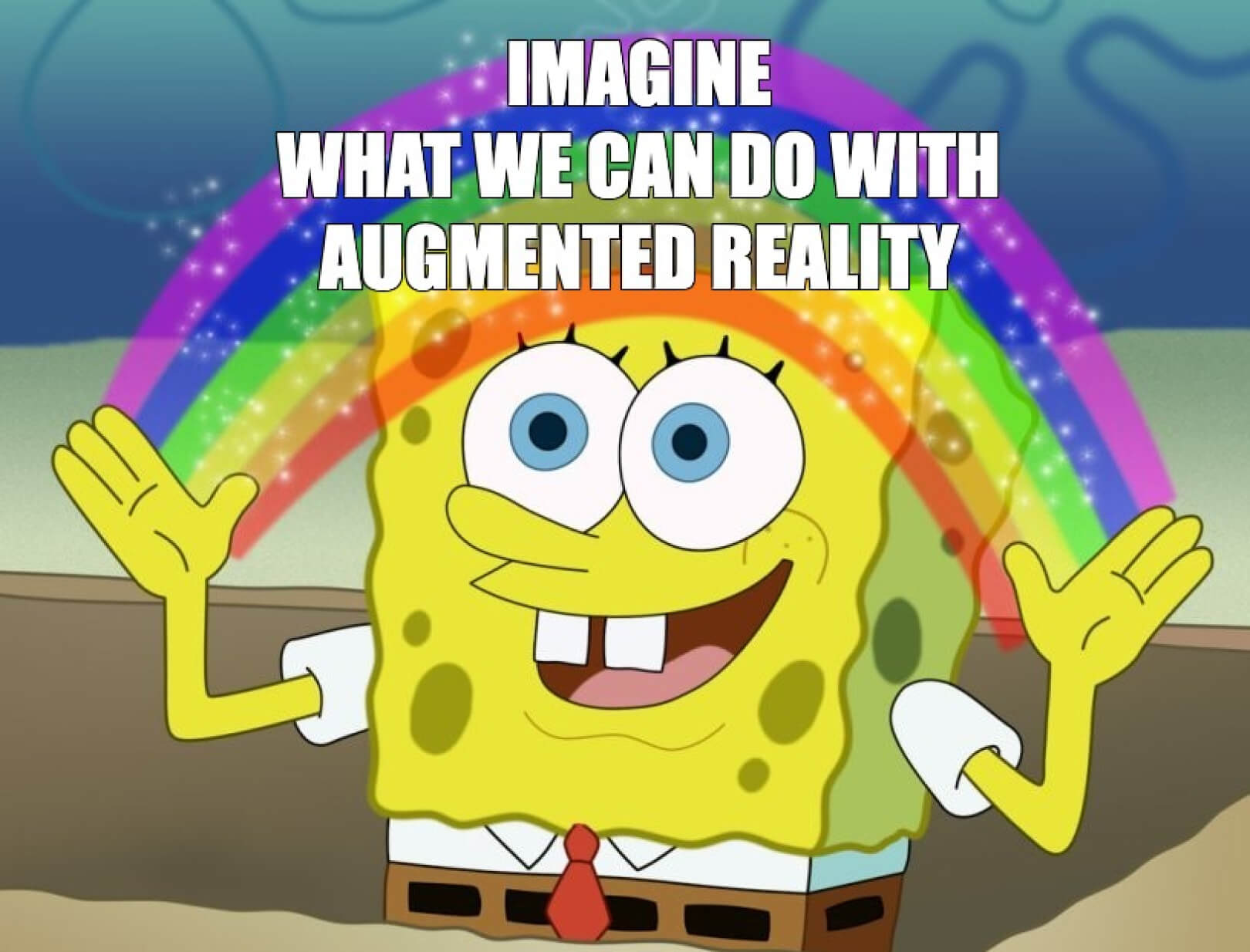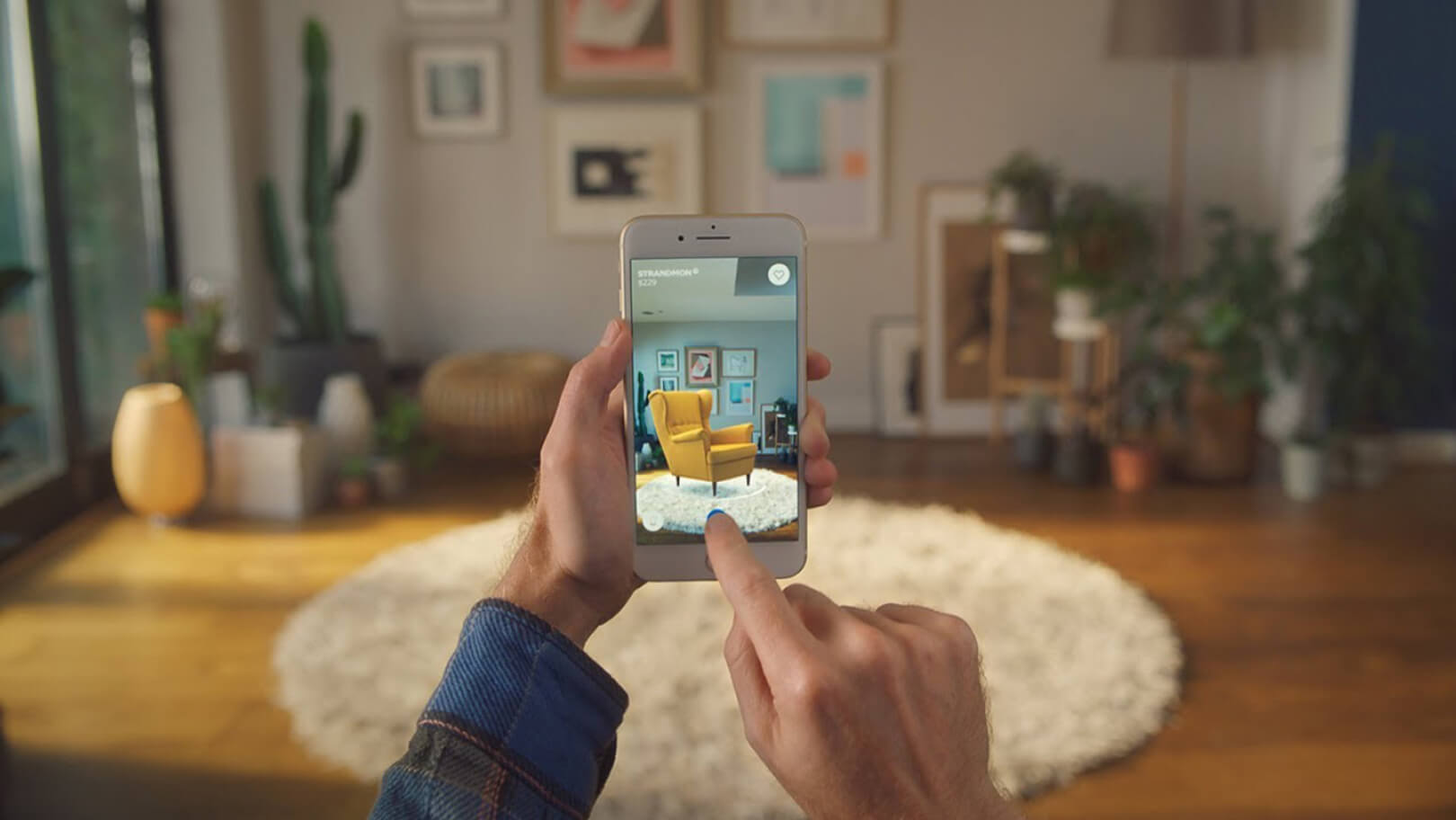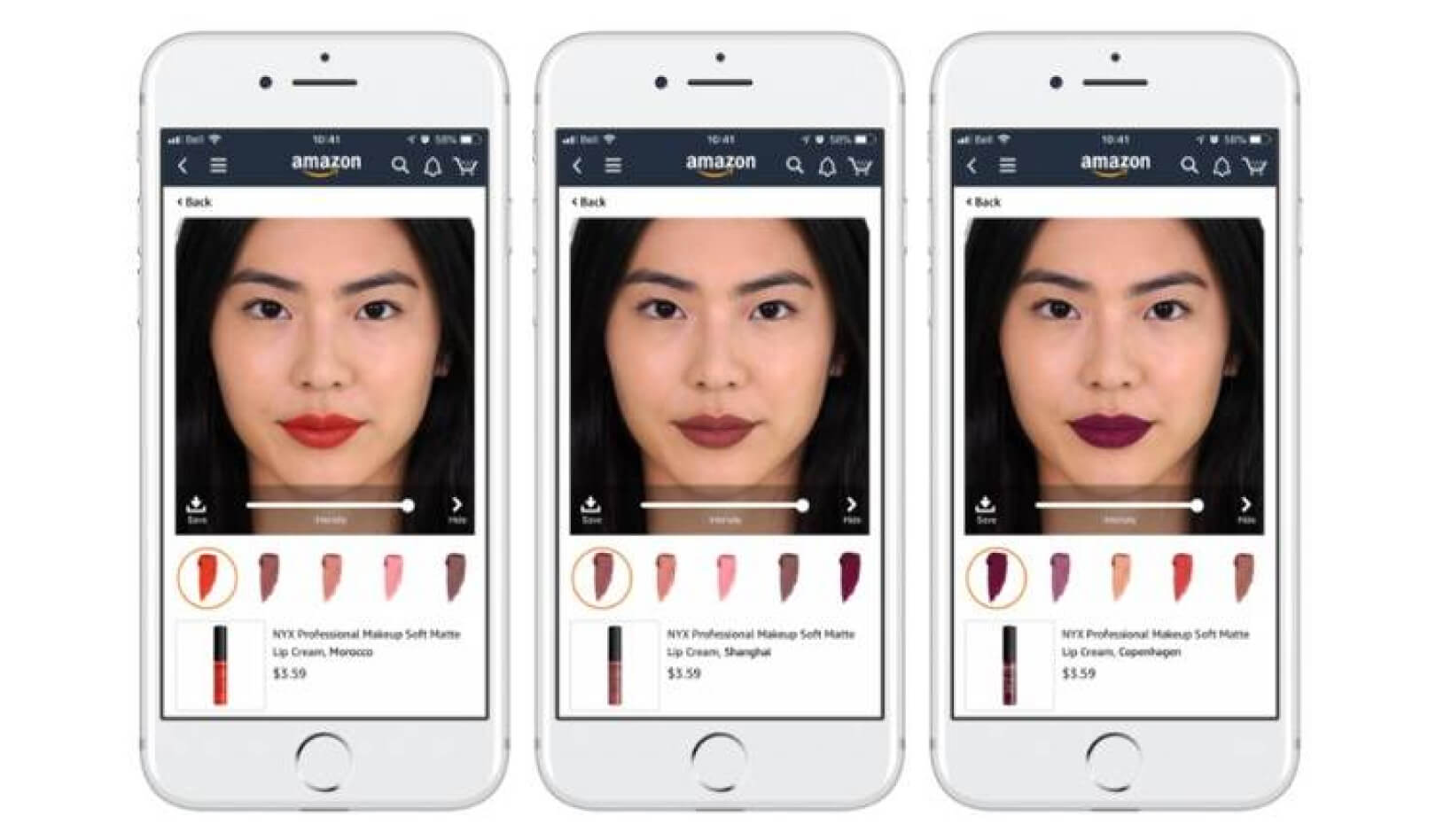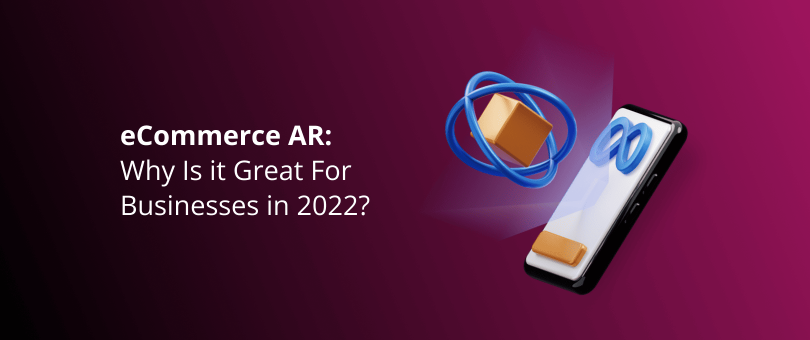Haven’t you heard?
Augmented reality is one of the top eCommerce trends and business innovations of 2022.
That’s right.
If this is the first time you’ve heard about it, you needn’t worry.
We will guide you through the world of eCommerce AR and teach you how to implement it in your business.
Let’s start off with some proof that AR is a trend to follow.
Augmented Reality Statistics 2022
- 61% of users prefer retailers with eCommerce AR implementation.
- In June 2020, 20% of surveyed US retailers expected to invest in AR or VR.
- 66% of people are interested in using eCommerce AR to help them shop.
- If using augmented reality, 71% of users state they would shop more.
- $50 billion is the estimated AR market value by 2024.
- The retail sector is expected to account for 5% of AR use in 2022.
- 32% of customers currently use augmented reality while shopping.
- 1 billion people worldwide use AR.
- In 2020, 100 million people used AR to shop.
- 70% of 16-44-year-olds are aware of AR.
- 6 out of 10 people want to be able to visualize how a product could fit into their lives.
What Is Augmented Reality?
Augmented reality is an enhanced version of real life that is achieved through the use of technology. AR uses digital elements such as sounds, visuals, and others, in order to interact with objects in the real world.
It’s like inputting digital data into the physical world, but you can only see that data with the help of digital technology, like smartphones.
Think of it as a digital glass you can use to create imaginary environments – like a T. rex walking in the park next to your dog, or a dozen elves playing “In the Hall of the Mountain King” in the hallways of your child’s school.
Sounds fun, and it probably is, but there’s more to it than that. eCommerce AR can bring convenience and help you make important buying decisions.
Here’s where eCommerce AR comes to play.
How eCommerce Uses AR
The main advantage of augmented reality in eCommerce is that it allows your customers to preview products before buying them.
Online shoppers, in particular, have the chance to obtain the same shopping experience as they would in a physical store.
AR in online shopping is just beginning to display its benefits, as more and more businesses embrace the technology.
When you think of it, the whole thing is like playing a game. And gamification is a fun way to interact with customers and increase engagement.
By the way, it’s not only eCommerce stores that implement AR. In 2014, Google introduced Google Glass, with Meta and Apple following on the same pathway.

Augmented Reality eCommerce Examples
It’s always easier to understand the topic with the help of some examples, and that’s exactly what we’re going to do.
- Pokémon Go. Do you remember the Pokémon craze? People were walking all around with their mobile phones, trying to catch some creatures visible only to those who had installed the app. Well, truth be told, Pokémon GO turned out to be a real cash-maker. Only in 2021, the in-app purchases account for a whopping $904 million in revenue worldwide! This was one of the first truly amazing augmented reality examples.
- Ikea AR App. Ikea is among the brands that have always adapted to change and embraced progressive ideas. The company launched its own AR app – IKEA Place – back in 2017. It allows users to virtually place a 3D model of furniture in their own space and help them make buying decisions. A great example of implementing AR into eCommerce and 3D shopping, and certainly one that provides a real-life preview like no other.

- Dulux Visualizer App. Trying to imagine how a paint color will look on your wall has been a decade-old issue. That’s a problem no more, thanks to Dulux and their visualizer app. The painting company allows users to see how their walls would look with specific paint colors on them. All they need to do is download the app and pick from over 1200 colors.
- L’Oréal – Virtual Makeup. L’Oréal acquired ModiFace in 2018 and the result was the first cosmetics virtual try-out on Amazon. Using the front-facing camera, be it on a short video or selfie, on their mobile phones, users were able to try different shades of lipstick. This is a feature that’s bound to become mainstream for fashion and makeup eCommerce stores in years to come.

Augmented Reality eCommerce Benefits
Using AR in eCommerce shops brings multiple benefits. For starters, your customers receive a better shopping experience, being able to customize to their heart’s content (see examples above) which leads to an improved sense of personalization.
It is also proven that conversion rates were 90% higher for customers engaging with AR, compared to those who didn’t.
Additionally, product return rates are lower, since customers are able to fully imagine how products would look and therefore the chances of dissatisfaction are lower.
Last, but not least, AR makes the entire online shopping experience fun. Thus, your customers will associate your brand with positive emotions and be more likely to recommend you as well as shop from you again.
Here’s a quick recap.

Augmented Reality (AR) vs. Virtual Reality (VR)
Virtual reality uses computer-generated imagery to place the user within a simulation of the real world. In order to use VR, one must have, at minimum, a special VR headset, a computer, sensors, and gloves.
Let’s use a computer game, as an example.
Virtual reality takes your body and mind inside the game. You are the player, and you control what’s happening around you. The real world stops existing while you’re in VR.
Augmented reality keeps your body in the real world, but tries to trick you into thinking your mind is inside the game. You still have control over your surroundings and must interact with them to achieve a result. The real world continues to exist while you’re using AR.
It’s not impossible to use both AR and VR in eCommerce stores, however the latter is much more difficult and resource-consuming to create.
One retailer did go for the full house, though – eBay created the world’s first VR department store. Who knows, maybe in the future, all shopping will be done this way?
AR vs. VR: main differences:
- VR is completely virtual – AR uses the real world.
- VR uses a system to control the environment – AR allows you to control the environment.
- VR requires a headset – AR requires a smartphone.
- VR works in a fictional setting – AR combines a fictional and a real setting.
Types of Augmented Reality
In general, there are four types of augmented reality applications. Let’s elaborate a bit about each of them.
Marker-based AR
The app uses a predefined marker, like a QR code or an image, which is detected by the camera of the mobile device, and then information is displayed on the screen. Once the marker is detected, it is replaced by a 3D version of the object. From thereon, the user can observe the object(s) in detail. For example, using Ikea’s printed catalog as a marker, you can then go on and place a 3D preview of a sofa using your smartphone.
Markerless AR
This type of AR has the ability to recognize colors, patterns, and so on, hence the name “markerless”. You do not require a specific object to trigger AR, instead, you can apply it pretty much anywhere. For example, Snapchat World Lenses allows you to generate live filters by pointing your smartphone at any scene or object.
Location-based AR
In this case, eCommerce AR uses your GPS location to generate visual elements. This is generally not very prominent for eCommerce applications, as they do business online. However, keep this one in mind, in case you’re planning to execute an outdoor event. Pokémon GO is the perfect example of location-based augmented reality.
Projection-based AR
This type of eCommerce AR projects synthetic lights to surfaces, in order for users to interact with it (not mandatory, though). Such an app would be applicable to your business if you plan on showcasing different designs for the same products. You can take the holograms from Star Wars as a good example of projection-based AR.
Summary
Augmented reality is the future of online shopping. eCommerce AR is not a trend that will go away anytime soon, therefore it’s best to embrace it sooner rather than later.
The sky is the limit when it comes to augmented reality, and it’s no wonder that the big players are already adopting it in their business strategies.
On a final note, don’t hesitate to experiment with augmented reality and introduce a new shopping experience to your customers. Chances are, they’ll like it.




